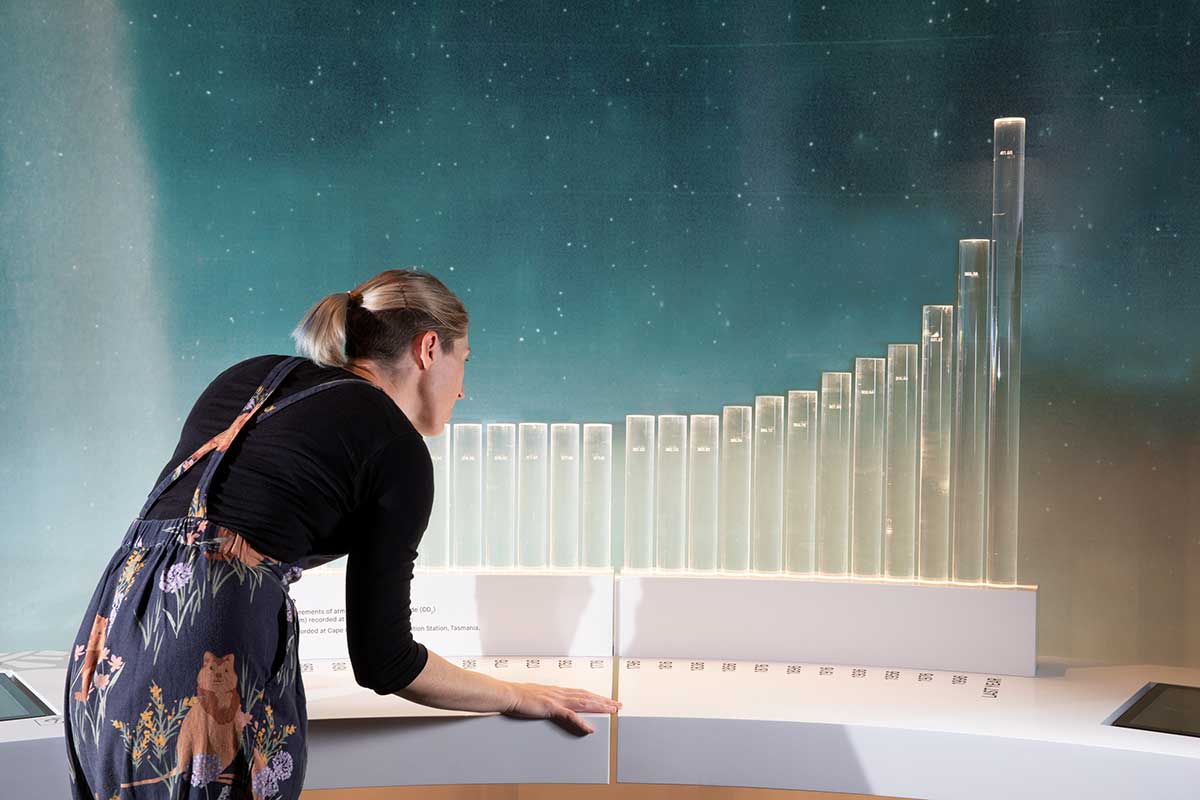Discover the story of the vast, vibrant Australian continent in the Great Southern Land gallery at the National Museum of Australia.
Explore stunning objects and rich multi-sensory experiences as you walk through majestic bunya pine sculptures and interact with our 3D animated platypus.
Exhibition highlights
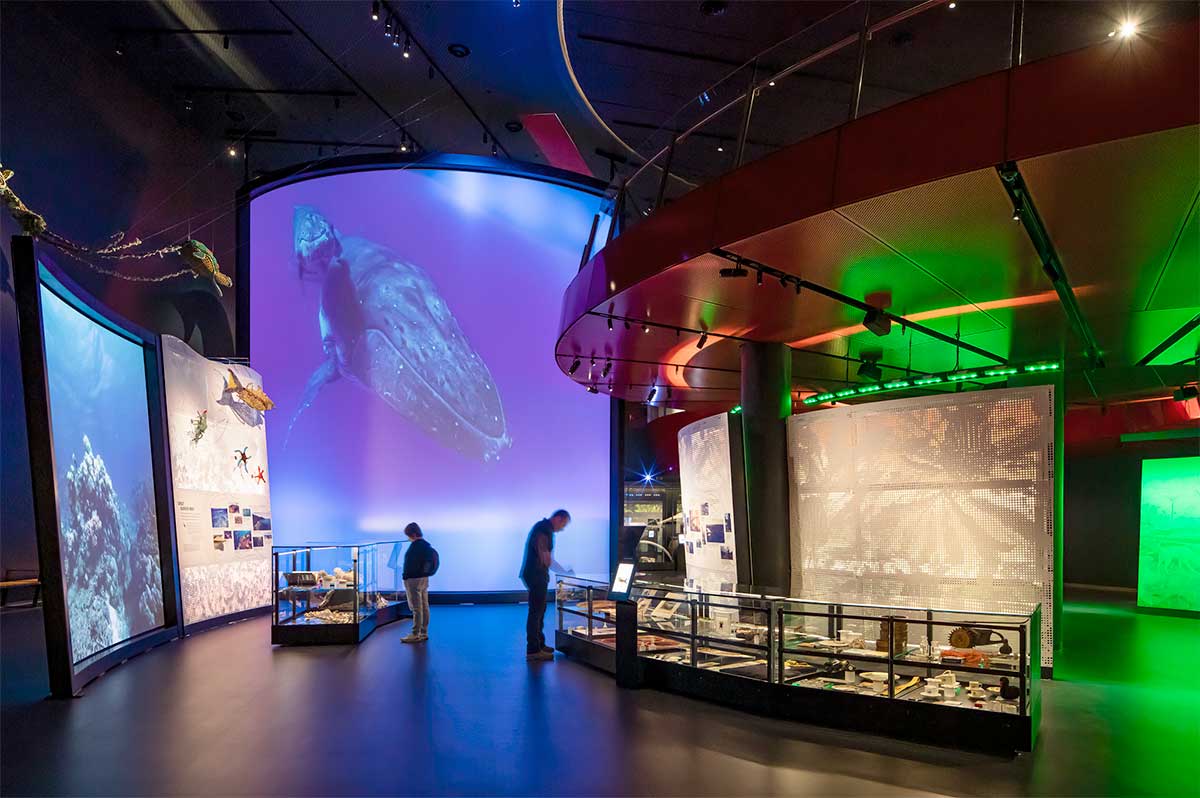
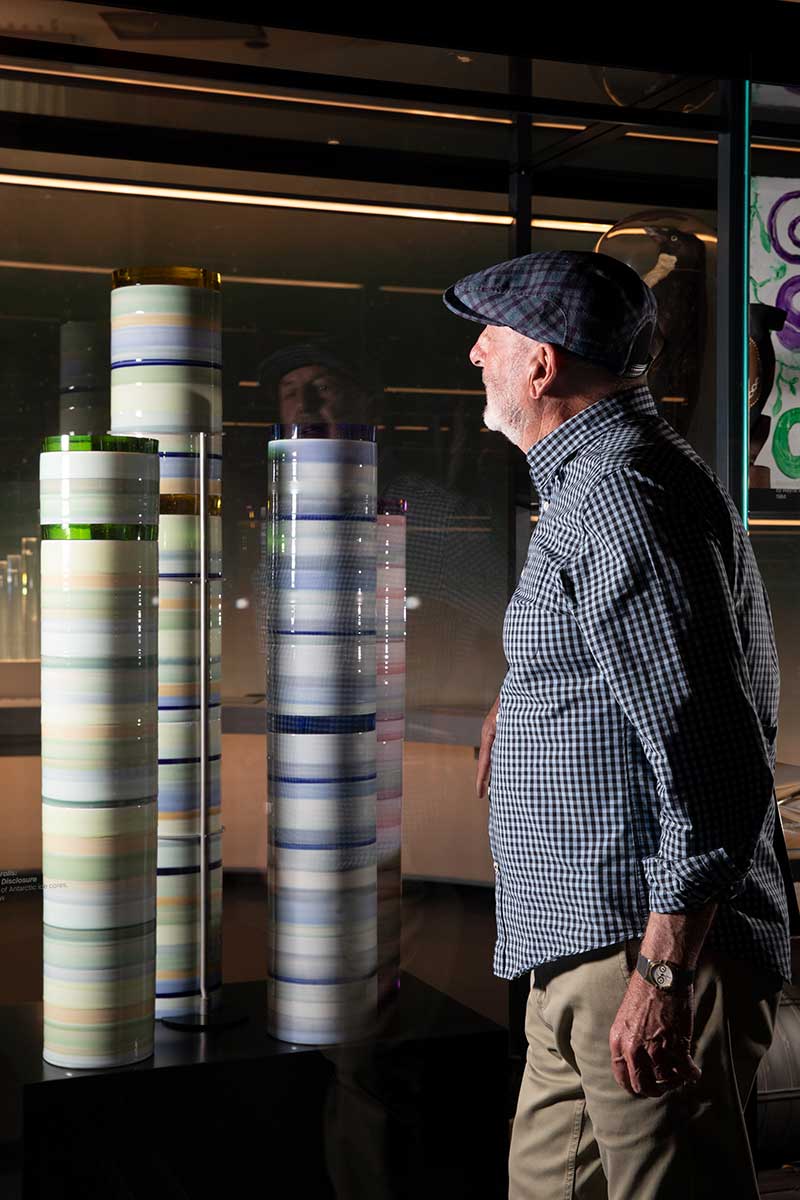
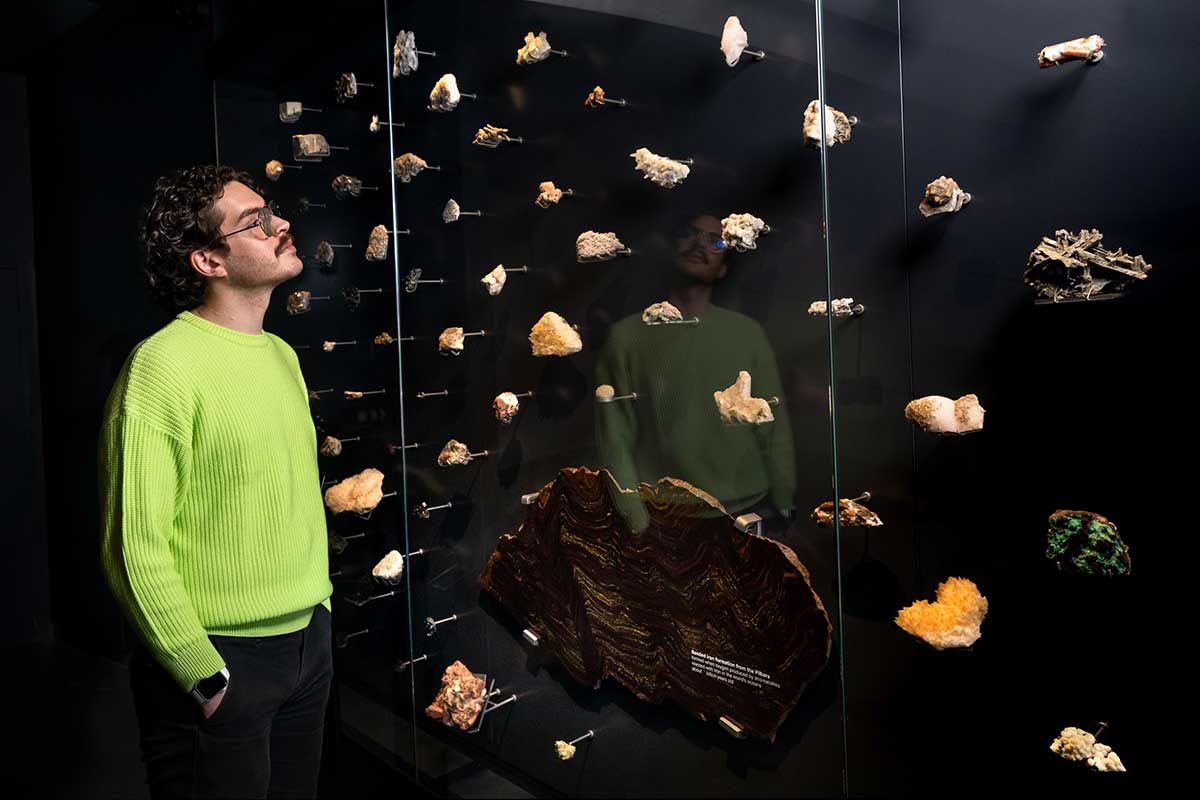
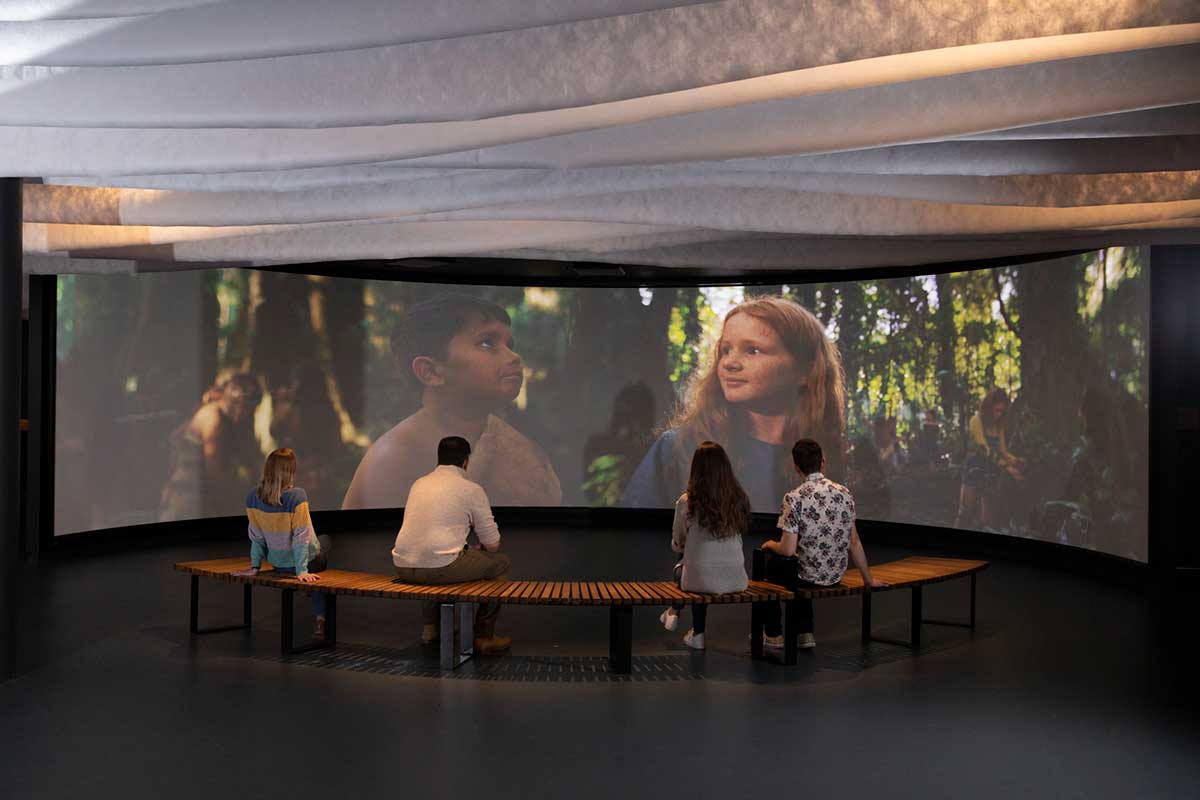
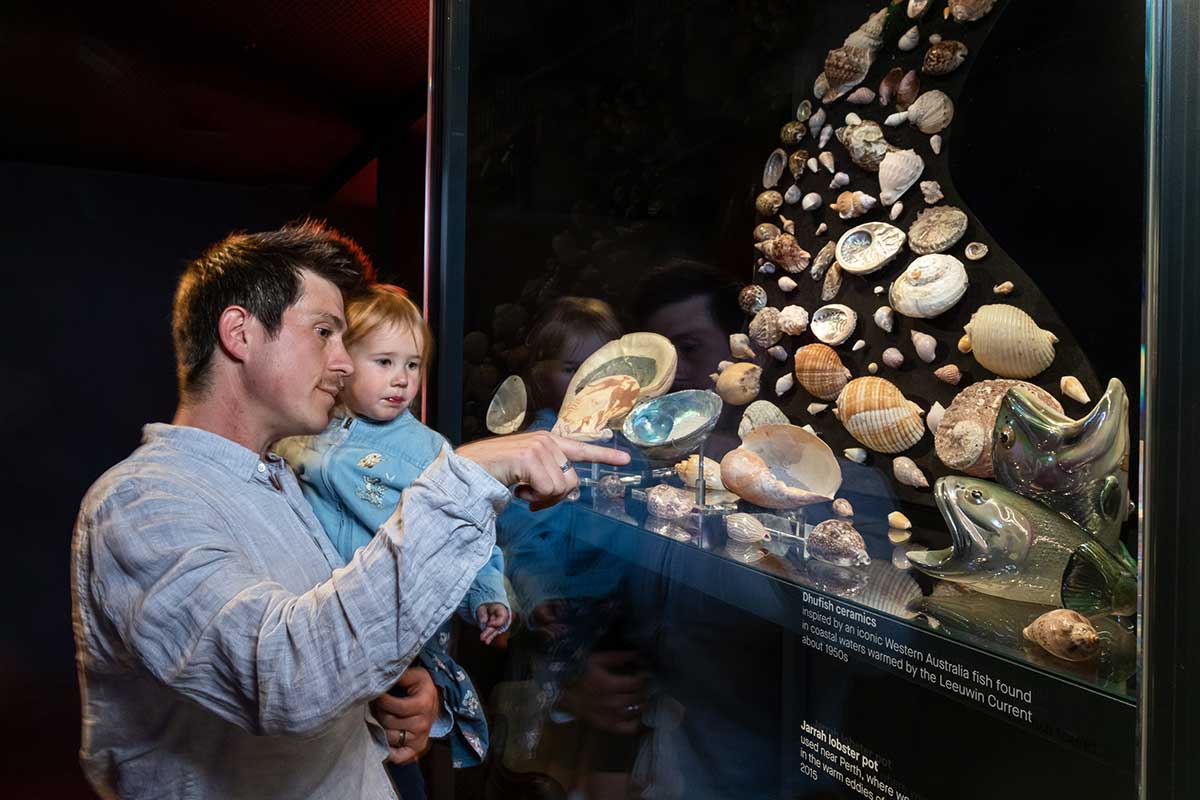
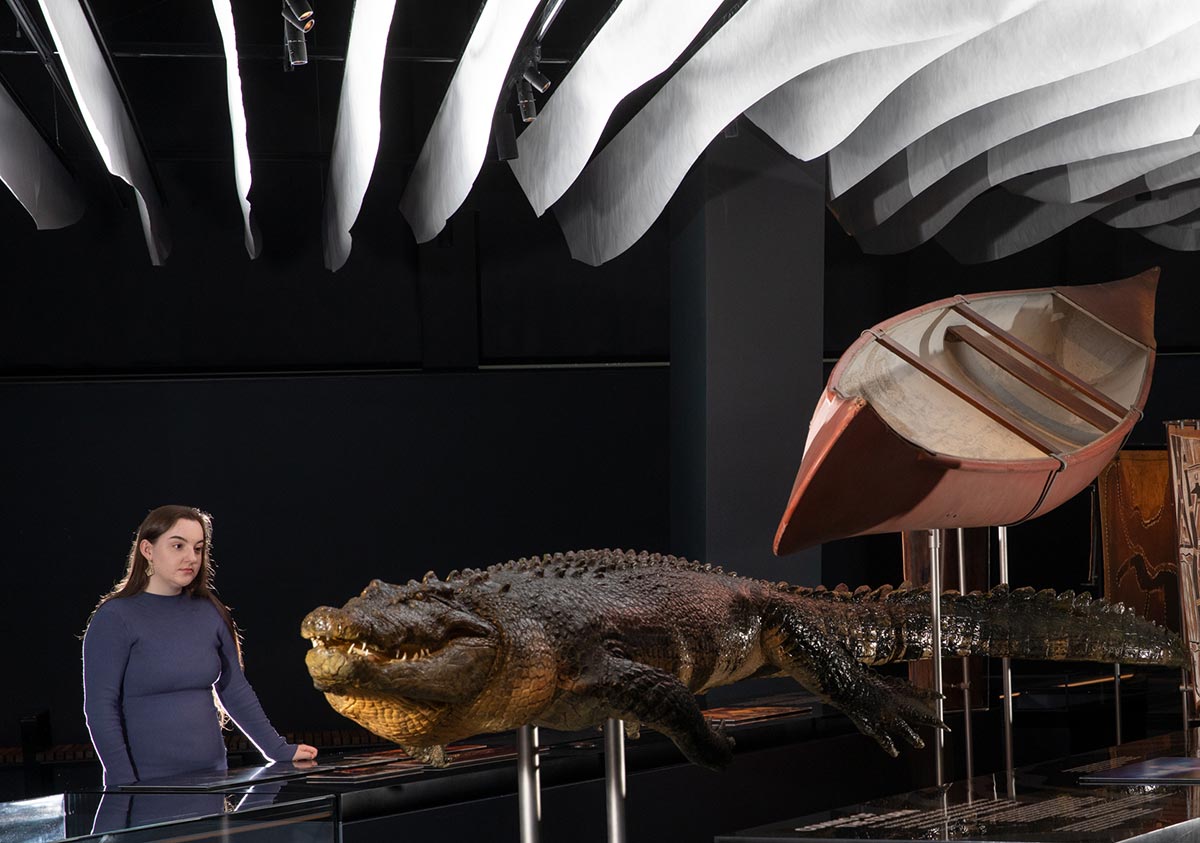
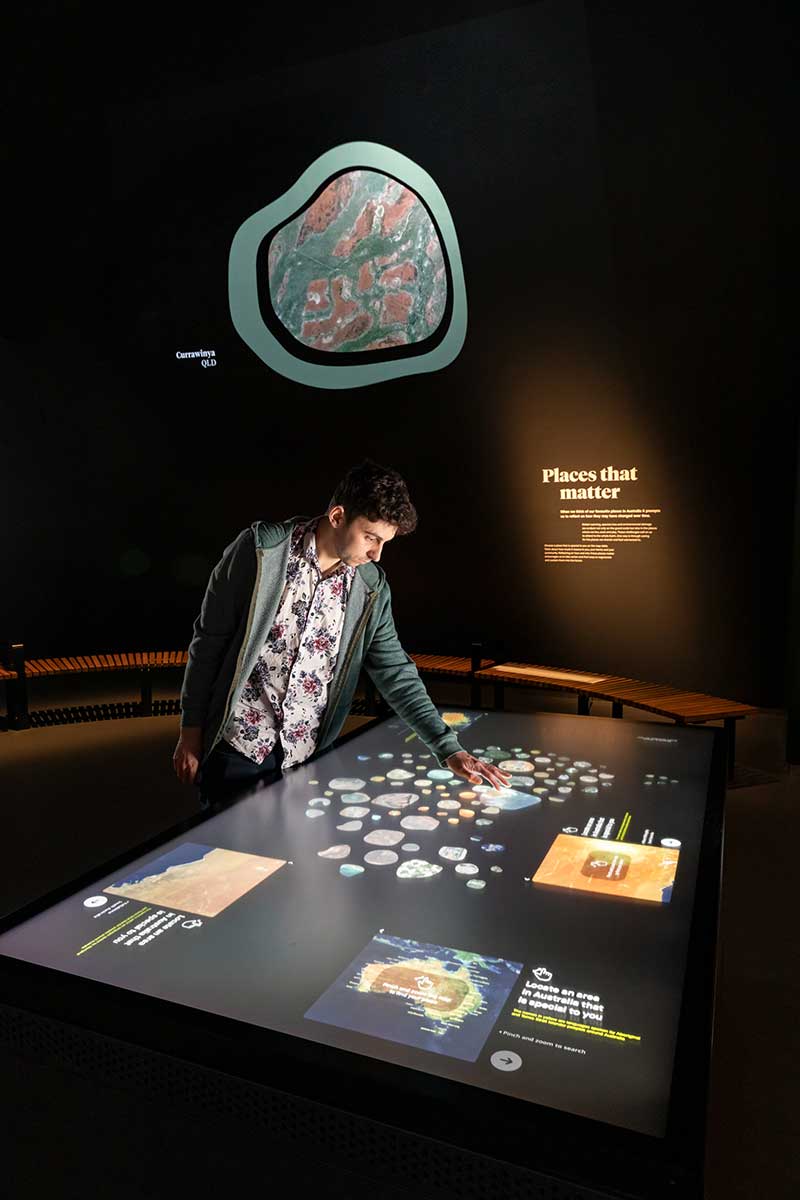
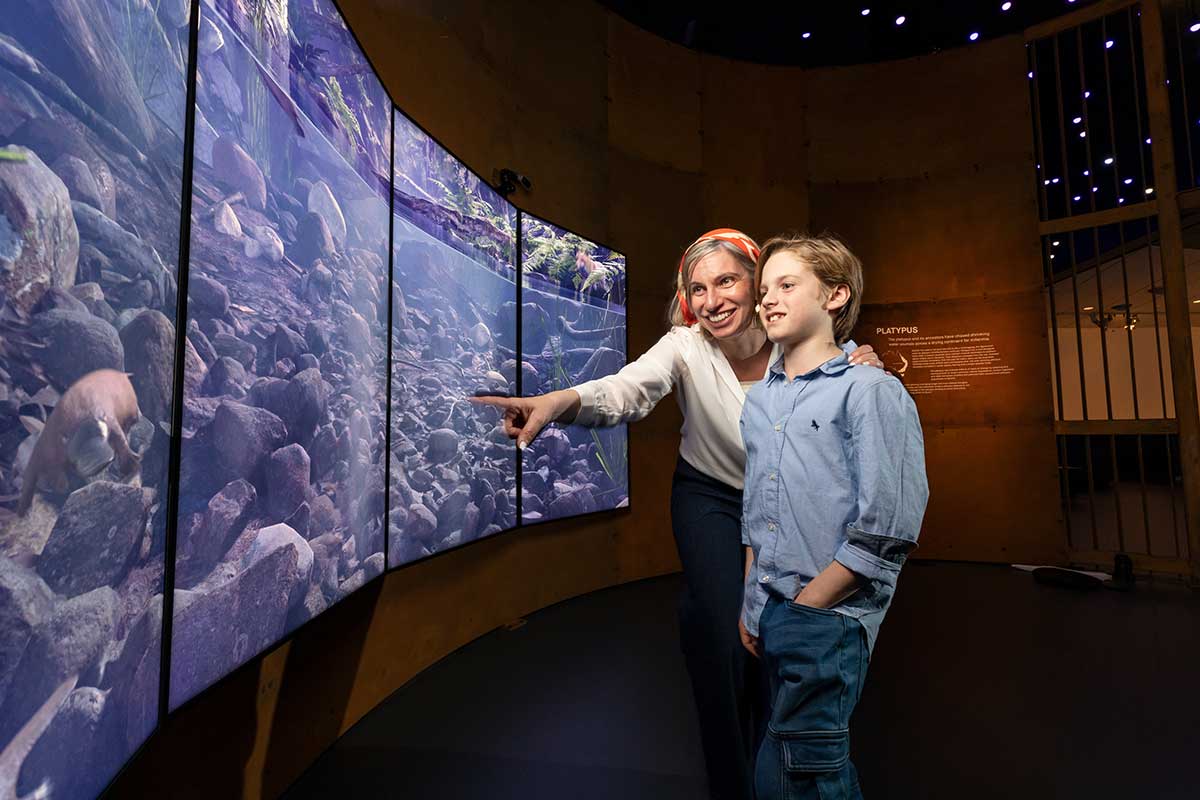
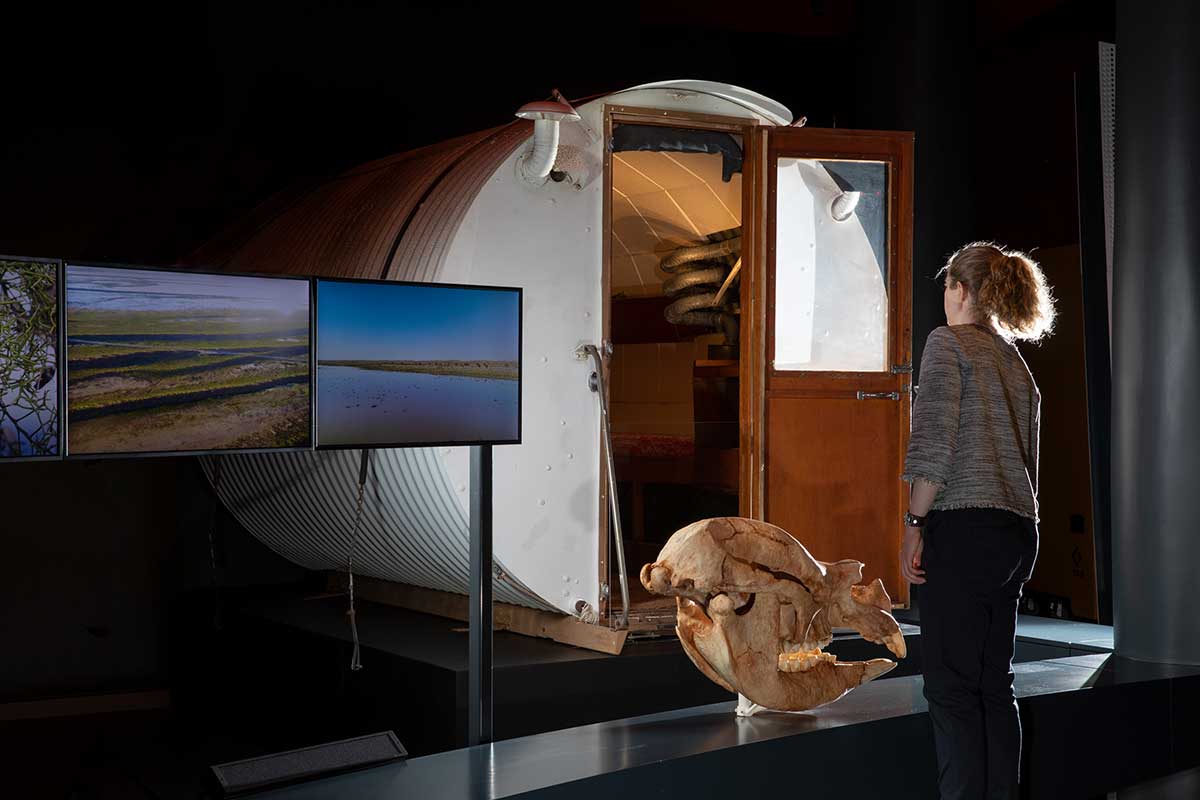
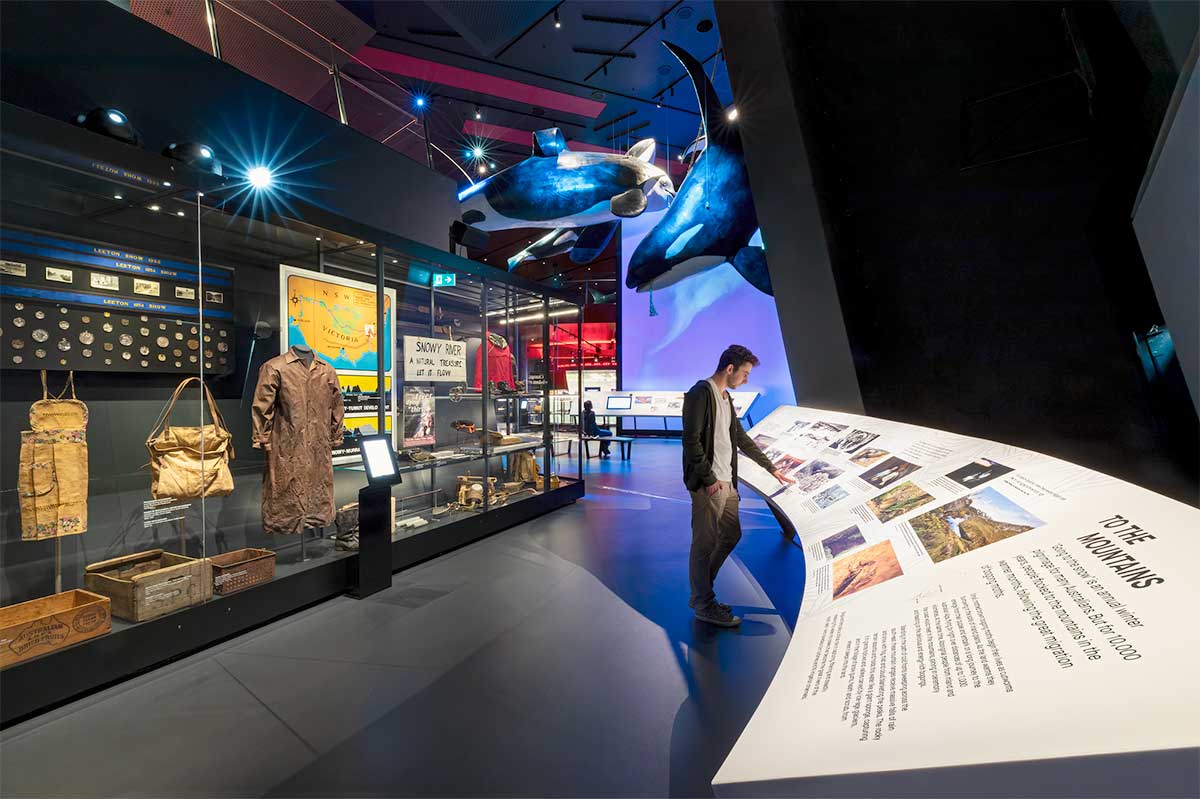

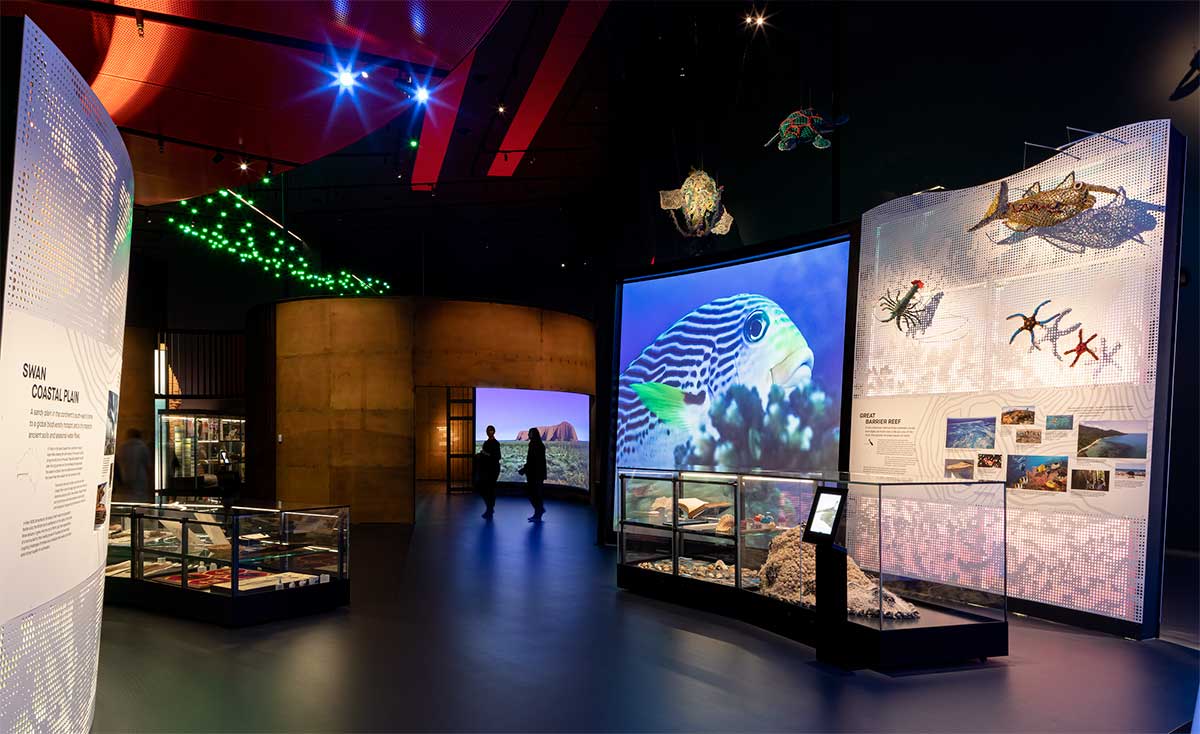
Swan Coastal Plain to the Great Barrier Reef
Environmental history gallery
Great Southern Land tells stories of power, connection, life and change. It shows how the Australian continent has transformed into one of the most diverse and resilient places on Earth – and how these changes can guide us in the future.

Power: Explore the epic forces that have made and remade the continent over billions of years. Learn about the Wandjina spirits and the power of bushfires and Cyclone Tracy. Explore how science, culture, ceremony and art help us tell stories of Country and make sense of our place in this land.
Connection: Grand pathways of water, wind, dust and heat trigger movement and growth across the Australian continent. Discover stories about bogong moth migrations, people and orcas working together at Eden on the south coast of New South Wales and places where journeys intersect and relationships are forged in this vast, dynamic web of connection.
Life: Life on this continent is extraordinarily diverse. Explore the intricate relationships that sustain the places we call home and what’s needed for life to flourish in six communities – from the Red Centre to the Great Barrier Reef and from Arnhem Land to the Tasmanian grasslands.
Change: Over millennia, the Australian continent has been transformed on an immense scale and today humans are driving this change at an ever-increasing rate. Hear stories of land and people and see how they can guide and inspire us at this critical moment in history.
School programs
7–10, 1 hour, $7
Gallery exploration of deep time, power and diversity across the Australian continent.
3–6, 1 hour, $7
Gallery exploration of the story of the ancient and powerful Australian continent.
TAKE A TOUR
Enhance your exhibition experience with a 45-minute host-led tour. For groups of 10 or more.
Check our calendar for free quiet hours sessions in Great Southern Land.
Watch object stories
Listen to stories of our land told through powerful objects from our collection, from one of the world's last thylacine specimens to an Antarctic ice-core drill used at the cutting edge of climate science.
Bunyas help tell the story of life on the Australian continent, from deep time to now
A phone box destroyed in the 2019 bushfires at Cobargo is an enduring symbol of the power of community
The National Museum of Australia worked on Great Southern Land with partners including:
- First Nations communities across Australia
- Australian Antarctic Division, Department of Climate Change, Energy, the Environment and Water
- Bureau of Meteorology
- Commonwealth Scientific and Industrial Research Organisation
- Geoscience Australia
- Parks Australia.
Banner image: Daintree River bends. Photo: Michael/stock.adobe.com
